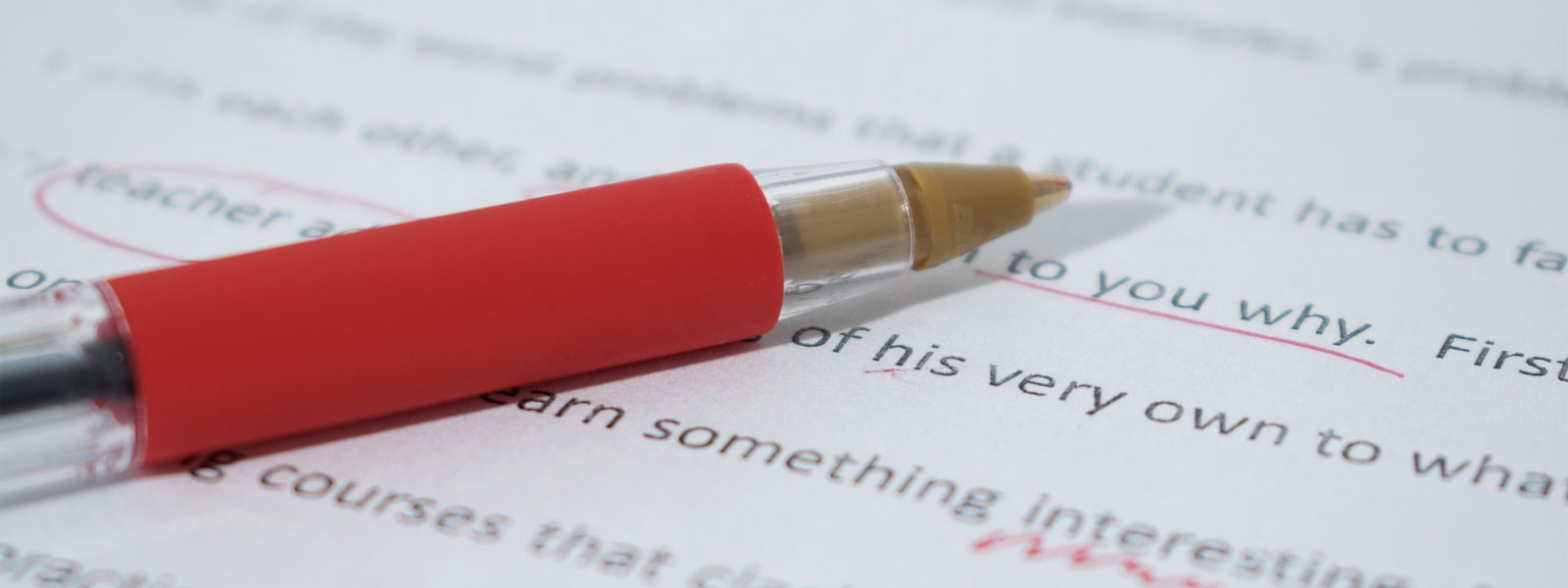Jun
29
2017
Improve your proofreading in 5 easy steps
Having the job of proofreading a long, important document can be daunting. With a deadline in the diary and the looming fear that you no longer know how to spell anything, proofreading is often met with a panicked expression. However, once you’ve got the right tools and know-how you’ll be able to breeze through the piles of documents without ever doubting how to spell “committee” again (two m’s, two t’s, and two e’s!).
1. Know the difference between editing and proofreading
Editing is the process of checking the content of the text to ensure that ideas are expressed clearly and logically. Editing is done after the first draft is finished. Proofreading involves checking text in finer detail after the editing stage. You’ll be on the lookout for errors in spelling, punctuation, grammar, and format.
2. Know your house style
Are there particular bullet points that your organisation uses? What format does your organisation use for dates? These are the details you probably don’t think about normally, but you should be thinking about now. There are some general rules, such as numbers zero to nine are spelt out whilst numbers from 10 and up are generally written in numerals.
If you don’t have a house style, create one. If you’re looking for inspiration, take a look at a published one such as The Economist’s which is available online.
3. Give yourself time
Distractions and rushing are two of a proofreader’s worst enemies. If a quiet space is available for you to use, then do your proofreading there. Alternatively tell your colleagues that you can’t be disturbed – you could even turn your out of office on!
Give yourself enough time to read the document over at least three times. You’ll also need to factor in breaks as your eyes will get tired and you may sometimes lose concentration.
4. Go in with a system
It’s always best to approach proofreading with a strategy. Think about what you need to do; you need to check readability, errors, and layout. Split these into different tasks and arrange in an order that suits you. Some people like to check readability, then look for errors, and then check the format and layout.
The first time you read the document through ignore spelling mistakes and layout, just focus on the readability. Take a short break. Now read it all the way through again and look for errors. Take another break. Finally, go over the layout.
5. Print it out
Proofreading on a screen is very difficult, so print it off and get your highlighters at the ready. Setting the paragraph spacing to 1.5 or double can also make proofreading easier, and it gives you plenty of room to jot down notes and amendments.
If you’re really organised, you could assign a different highlighter colour to each task; yellow for readability, green for errors, and pink for layout. This will make things much easier when it comes to making changes! Once you’re done, keep a copy of your proofread document for future reference.
Want to improve your proofreading skills even more? Take a look at our Proofreading course, or take a look at our other courses here.


